calsfoundation@cals.org
Altheimer (Jefferson County)
| Latitude and Longitude: | 34º19’09″N 091º50’50″W |
| Elevation: | 207 feet |
| Area: | 2.05 square miles (2020 Census) |
| Population: | 696 (2020 Census) |
| Incorporation Date: | June 9, 1919 |
Historical Population as per the U.S. Census:
|
1810 |
1820 |
1830 |
1840 |
1850 |
1860 |
1870 |
1880 |
1890 |
1900 |
|
– |
– |
– |
– |
– |
– |
– |
– |
– |
– |
|
1910 |
1920 |
1930 |
1940 |
1950 |
1960 |
1970 |
1980 |
1990 |
2000 |
|
– |
450 |
475 |
494 |
680 |
979 |
1,037 |
1,231 |
972 |
1,192 |
|
2010 |
2020 |
|
|
|
|
|
|
|
|
|
984 |
696 |
|
|
|
|
|
|
|
|
Altheimer is a second-class city in Jefferson County, located roughly halfway between Pine Bluff (Jefferson County) and Stuttgart (Arkansas County). Founded as a railroad town and named for the Jewish family who encouraged the building of the railroad, it quickly became a center for the shipping of cotton, surpassing older cities in eastern Arkansas.
Located in the Arkansas River Valley, the site of Altheimer was originally flood-prone forestland. Doctor Samuel Johnson Jones was the first resident of what would become Altheimer. He acquired and cleared 500 acres of timberland and moved to Arkansas from Mississippi in 1857, bringing his family and 150 slaves with him. His mansion, the Elms (which is now on the National Register of Historic Places), was built the year after the Civil War ended. About the same time, Louis Altheimer first visited the state of Arkansas. Altheimer, who had immigrated to the United States from southern Germany and was living in Indiana, traveled down the Mississippi River, stopping at Napoleon (Desha County). He continued south to Jackson, Mississippi, where he began a mercantile business. Having read Friedrich Gerstäcker’s accounts of his travels through Arkansas, Altheimer decided to invest in the state, seeing its potential for profit.
Louis Altheimer and his brother Joseph had associates in the St. Louis Southwestern Railway, commonly known as the Cotton Belt. They encouraged the company to build its line through Pine Bluff, and while that construction took place around 1886, they acquired roughly 12,000 acres of land in Jefferson County and cleared the trees away for fields of cotton. The railway station at the center of that land was named for the brothers, and it became a rapidly growing city, although it was not incorporated until June 1919. Around 1900, Jacob Cohn settled in Altheimer and opened the city’s first grocery store. Installing a deep well on his property with a pump and a tank, Cohn became the first resident of the city to have indoor running water. Aviation pioneer James Smith McDonnell Jr. spent much of his childhood in Altheimer.
The Arkansas River flooded in 1904, ruining the year’s cotton crop. The Flood of 1927 also devastated the city when the Plum Bayou Levee broke on April 15 of that year, flooding thousands of acres of Jefferson County, including Altheimer. Some residents took shelter on the second floor of various downtown structures, while others were helped by the Red Cross, which erected tent shelters on higher ground near Altheimer. During the Depression, Altheimer had only one paved street, Front Street, which was lined with stores, gas stations, a bank, the Methodist church, the post office, and a Chinese grocery store. The city also contained several cotton gins and a three-block African-American community with its own stores, churches, and schools. In 1936, the Resettlement Administration, a New Deal program, purchased nearly 3,500 acres of farmland four miles south of Altheimer and created a cooperative community of farmers called Lake Dick.
In 1935, Joseph Altheimer’s son Benjamin purchased the old Jones plantation home, the Elms, eventually making it the center of a philanthropic foundation that built a clerical and machine trade school and a technical school in the city, as well as a Boy Scouts and Girl Scouts building. In the 1940s, the Ben J. Altheimer Foundation began offering college scholarships to Altheimer High School graduates and also provided extensive funding for the public school system.
As late as 1953, Altheimer still had four cotton gins, eighteen stores, and three churches (Methodist, Baptist, and Church of God). It had a high school and elementary school for white students and also a high school and elementary school for black students. The water and natural gas companies were municipally owned and operated. During the 1960s, the school system was quietly desegregated without controversy.
William H. Bowen, who was chief of staff to Governor Bill Clinton from 1991 to 1992, is from Altheimer. On April 27, 2000, the University of Arkansas at Little Rock’s law school was named for Bowen, who was dean of the law school from 1995 to 1997.
In the twenty-first century, Altheimer is bypassed by U.S. Highway 79, but Business 79 still travels down Front Street. The school was consolidated with the Dollarway School District in 2012 and closed its doors in the spring of 2013. Lake Dick and the Elms are listed on the National Register of Historic Places, as is Roselawn, another plantation house built when the city was first being established in the 1880s. The Elms has become a bed-and-breakfast, and lodges for duck hunters have been built on the property.
For additional information:
Bowen, William H. The Boy from Altheimer: From the Depression to the Boardroom. Fayetteville: University of Arkansas Press, 2006.
Colvin, Eplunus. “Closing Schools Took Life out of Altheimer, Residents Recall.” Pine Bluff Commercial, October 2, 2020, pp. PB1, PB5.
LeMaster, Carolyn Gray. A Corner of the Tapestry: A History of the Jewish Experience in Arkansas, 1820s–1990s. Fayetteville: University of Arkansas Press, 1994.
Leslie, James W. “Jefferson County’s First: The Elms.” Jefferson County Historical Quarterly 29 (June 2001): 4–12.
Leus, Christian. “What Remains: Telling the Story of Irene Taylor’s Murder.” MA thesis, University of Mississippi, 2021. Online at https://egrove.olemiss.edu/etd/2024/ (accessed March 19, 2024).
O’Shay, Chick. “Altheimer Clings to Past in Sentimental Way.” Arkansas Democrat Magazine, August 16, 1953, p. 3.
Steven Teske
Butler Center for Arkansas Studies
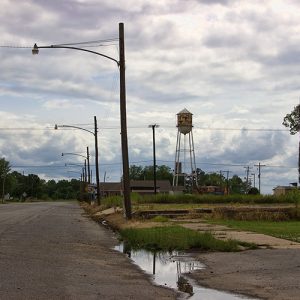 Altheimer
Altheimer  Altheimer Bank
Altheimer Bank 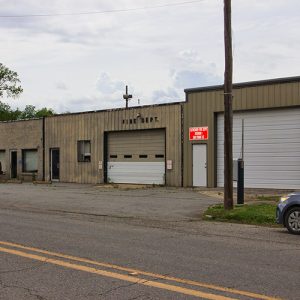 Altheimer Fire Department
Altheimer Fire Department 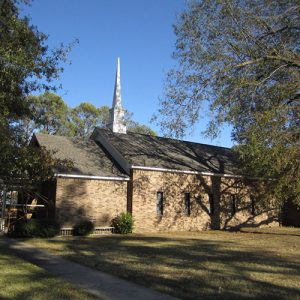 Altheimer First Baptist Church
Altheimer First Baptist Church 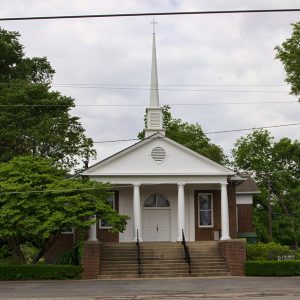 Altheimer Methodist Church
Altheimer Methodist Church 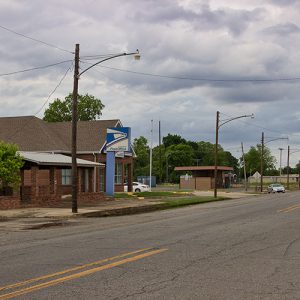 Altheimer Post Office
Altheimer Post Office 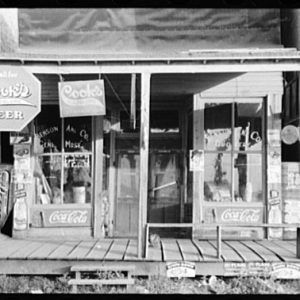 Altheimer Store
Altheimer Store 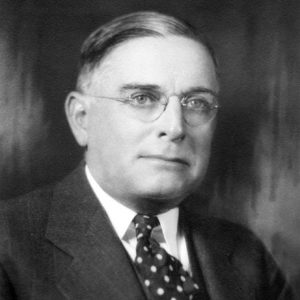 Ben Altheimer
Ben Altheimer 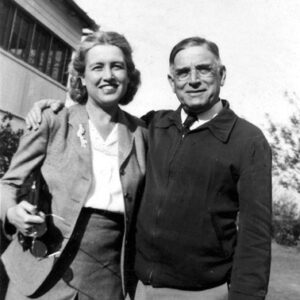 Benjamin Altheimer
Benjamin Altheimer 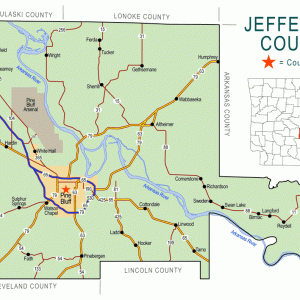 Jefferson County Map
Jefferson County Map  James McDonnell
James McDonnell 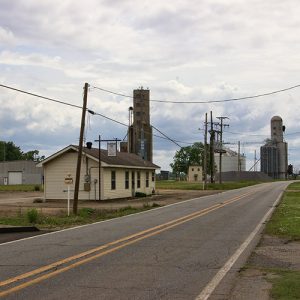 Planters Gin
Planters Gin  The Elms House
The Elms House 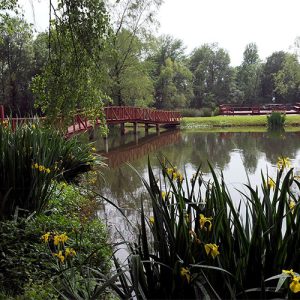 "The Elms" Grounds
"The Elms" Grounds 




My father, Mr. L. G. Stephens, worked at one of the gas stations in AltheimerWalt Gas and Oil Companyand eventually bought it outright. He provided gas and oil to many of the farmers with his tanker delivery truck. Many travelers came through who could not pay for their gas, so my dad would take whatever they could trade. One time he brought home a stalk of bananas as tall as I was. As we pulled them off to eat, we discovered a snake skin inside the stalk. One of the best things about Altheimer was the volunteer firemen. The town had one truck, and when the siren would blow, all the volunteers would leave their jobs and head straight to the fire. Mr. Herbert Wardlaw, who owned Wardlaws Dry Cleaners, was the chief. The best place in town for a hamburger was the Corner Shop, which was owned and operated by Mr. Harold Leake. He was a postal delivery man who decided to open a place for students to go at lunchtime to eat a hamburger instead of cafeteria food. I graduated in 1965 from the all-white class. My recollection is that two or three more classes graduated before the schools were consolidated. I lived across the street from the railroad tracks and the cotton gins. The gins were busy all day and all night. Loved the smell of cotton!
I’m a proud resident of this city. I have great memories of being raised there by my parents, grandparents, and members of the community on 2nd and Locust Streets.